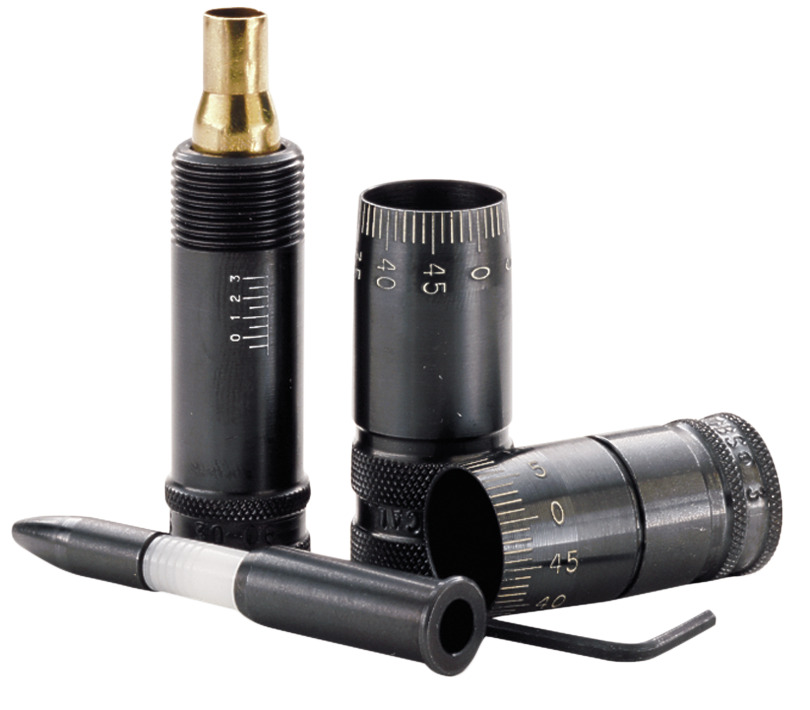When resizing your brass, do you prefer to check them with single caliber case gauges or a comparator set?
- With a comparator set and caliper, I can use a case fired from my rifle as an example and set the shoulder back 2 thousandths when resizing so that they will safely work in MY rifle and not overwork the brass.
- With a case gauge, this basically sets the shoulder back to a SAAMI standard that will work safely in any rifle but it may work the brass harder.
Is that correct?
- With a comparator set and caliper, I can use a case fired from my rifle as an example and set the shoulder back 2 thousandths when resizing so that they will safely work in MY rifle and not overwork the brass.
- With a case gauge, this basically sets the shoulder back to a SAAMI standard that will work safely in any rifle but it may work the brass harder.
Is that correct?


